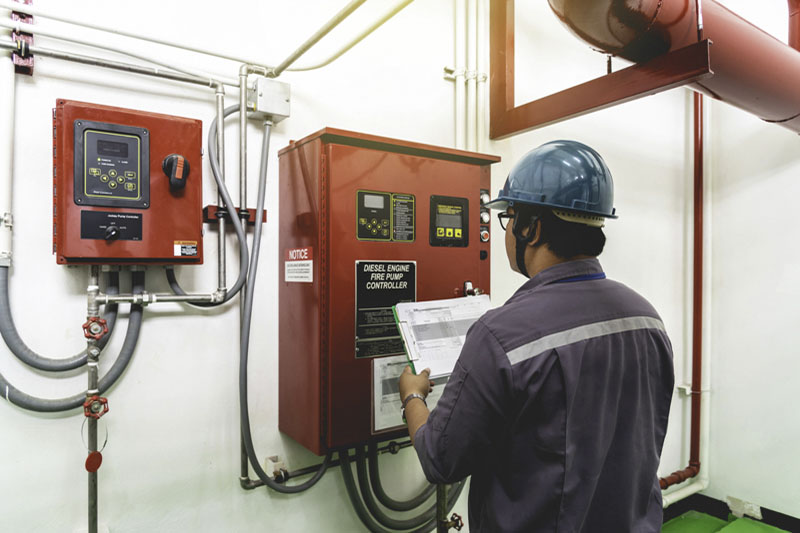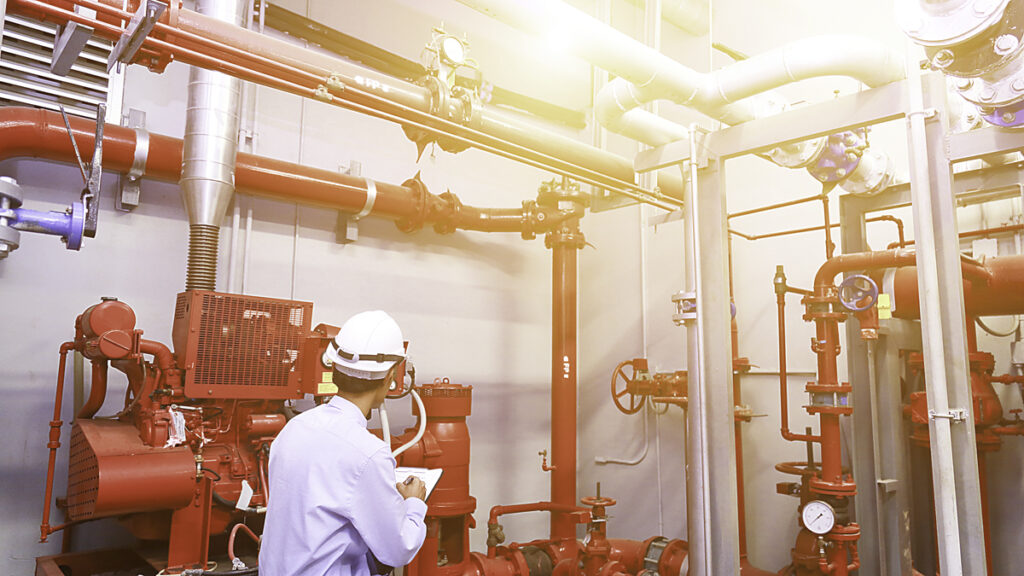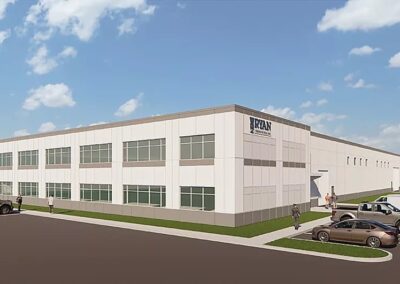
Fire protection systems are essential and valuable assets because they protect your building, your people, and your products. These systems are customized to protect your specific facility. To ensure your fire systems are fully functional they must be inspected, tested, and maintained.
Fire System Inspection Guidelines:
Depending on the type of systems you have installed and the requirements set forth by NFPA , your insurance carrier, joint commission, and local AHJ (Authority Having Jurisdiction), these inspections will be one of several frequency types:
- Annual
- Semiannual
- Quarterly
- Monthly
- Weekly
- 3 Year (Dry Systems)
- 5 Year (Pipe Internals)
- 6 Year & 12 Year (Extinguishers)
Visual inspections are conducted to identify any physical damage, and functional tests are conducted to ensure that all essential equipment is operating properly. The onsite inspector will adhere to a checklist to make sure all systems are working in accordance to the standards and guidelines set forth by the following standards:
- NFPA 25: Standard for the Inspection Testing & Maintenance of Water-Based Fire Protection Systems
- NFPA 72: National Fire Alarm and Signaling Code
- NFPA 10: Standard for Portable Fire Extinguishers
- Joint Commission
- Local Township forms established by AHJ

Fire Alarm Inspections:
Fire alarm inspectors will need access to all areas that contain fire alarm equipment, fire alarm control panels, annunciators, smoke detectors, heat detectors, duct detectors, flame detectors, manual pull stations, waterflow switches, tamper switches, pressure switches, signaling devices, and any other equipment that is part of your fire alarm systems. Duct detectors should be labeled and accessible for testing. For emergency light inspections, electrical panels should indicate which switch is dedicated to the lights. The inspector will also need to set off the audible alarms in order to check the decibel range.
Fire Extinguisher Inspections:
These inspections are much simpler. Just ensure that each fire extinguisher is visible and accessible to physically pick up and tag.
Post Inspections:
Once all systems and devices have been checked, the inspectors will inform you that they have finished and that you can reactivate your systems. A report will be completed, reviewed, and submitted to you. If no deficiencies are found, keep the copy of the inspection for your records and turn over to the proper authority having jurisdiction (AHJ). Depending on your municipality, a contractor may submit the report to the AHJ on your behalf.
Deficiencies:
If deficiencies are identified, the inspector will send a copy of the report to the sales team, who will put together a proposal together for your review.
If you need your facility inspected or if you need a quote to get your systems up to code, we would be happy to assist.
Source: https://oliverfps.com/how-to-prepare-for-your-facilitys-itm-inspections-testing-maintenance/

